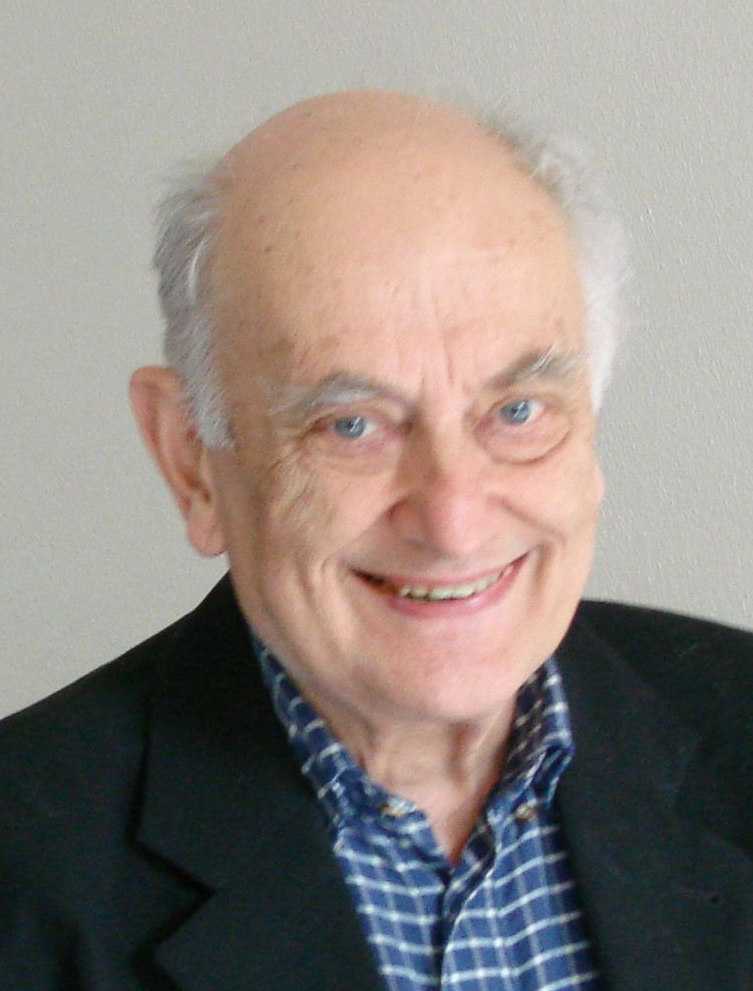Union of the Physicists in Bulgaria
|
|

|

|
|
|
Galileo's place in the history of science has been badly distorted by hero worship.
It was first from his letter to Kepler of 1597, written after reading the preface of the Mysterium Cosmographicum which the 26-year old teacher in Graz presented to the professor in Padua, that we learn that "many years ago" Galileo "became a convert to the opinions of Copernicus." Only after 13 more years and the Dutch invention of the telescope, mastered by Galileo, did he make public his views in the Sidereus Nuncius, supporting them by his discovery of the Jupiter's satellites, named Medicea Sidera. A gifted writer and a brilliant polemicist, Galileo excels in advertising his discoveries - and in making enemies. All that, including the glamorous process against him, was instrumental in changing the prevalent philosophy in the "century of geniuses".
Galileo, repelled by Kepler's mysticism (and by his Latin), never read his work. He did not accept Kepler's ellipses (Astronomia Nova, 1609) even though Cesi wrote him about them in 1612. They reminded Galileo the deformations of the mannerism paintings of his time which he abhorred. The famous Dialog of 1632 never mentions Kepler's laws (or Brahe's observations). The true scientific impact of Galileo comes from his often neglected, 45 years long, "early period" (before The Starry Messenger) - in his evolving ideas on motion with Archimedes as spiritual guide (like Virgil was to Dante): from the balance and the lever, through the pendulum and the inclined plane, towards the law of inertia and the principles of mechanics, eventually published in his Mathematical Discourses Concerning Two New Sciences (Elzevir, Leyden, Holland, 1638).
The art of advertising one's scientific achievements, of which Galileo was an early exponent, is a trademark of successful modern science. Dedicated believers and mystics of science, such as Kepler, are less popular. Yet, an alleged rigorous rationalist like Wolfgang Pauli found in his later troubled life a kinship to Kepler's "archetypal ideas".
Key Words: Galilei, Kepler, Relativity, Inertia, Einstein, Sommerfeld, Quasicrystal, Archetype References
"Georgi Nadjakov" Institute of Solid State Physics Bulgarian Academy of Sciences 72 Tsarigradsko shose Blvd, 1784 Sofia Tel.: +359 (0)2 979 58 31; GSM +359 (0)899 75 05 90 Факс: +359 (0)2 9753632 E-mail: gkamish@issp.bas.bg
Created: 26 May 2016 |
